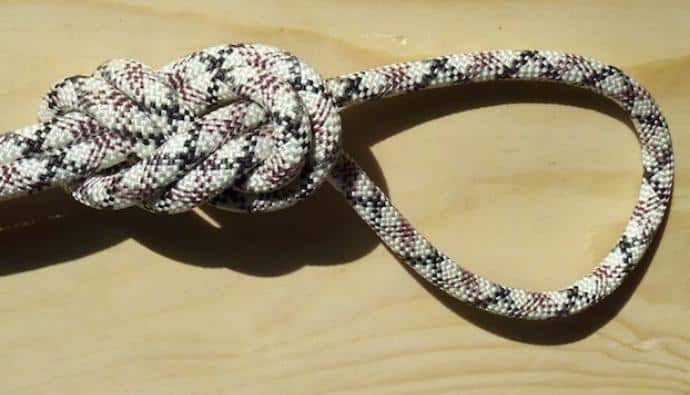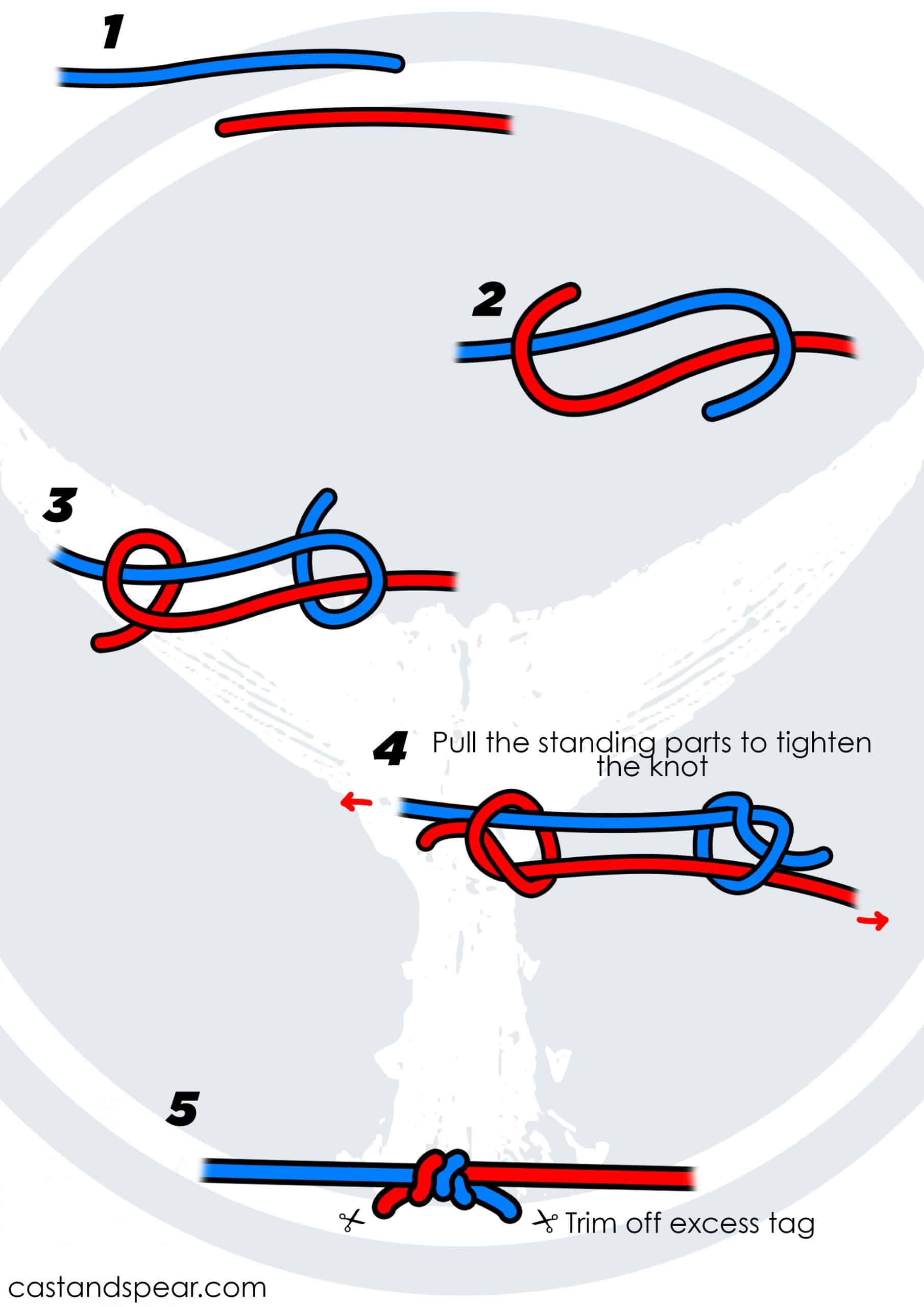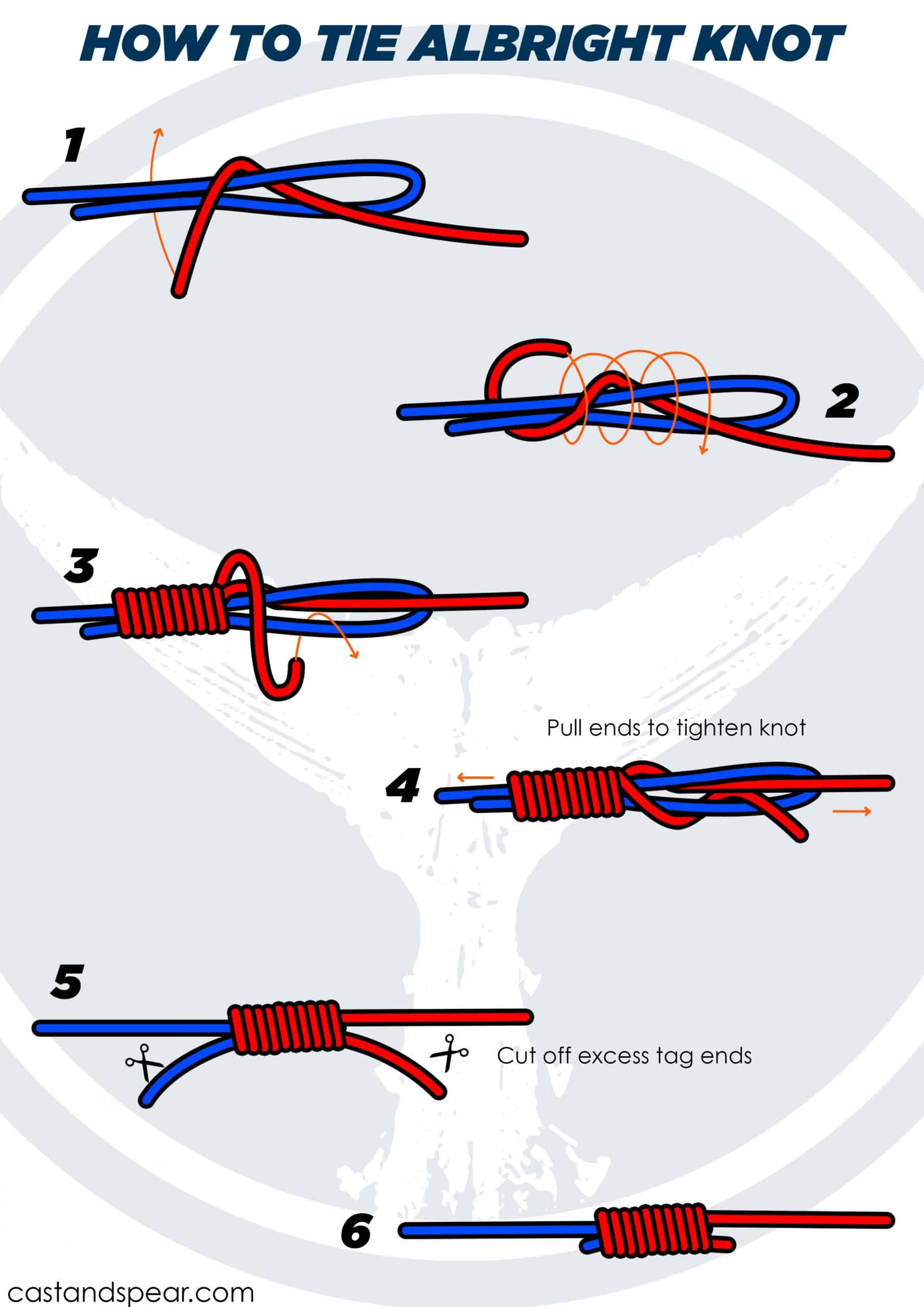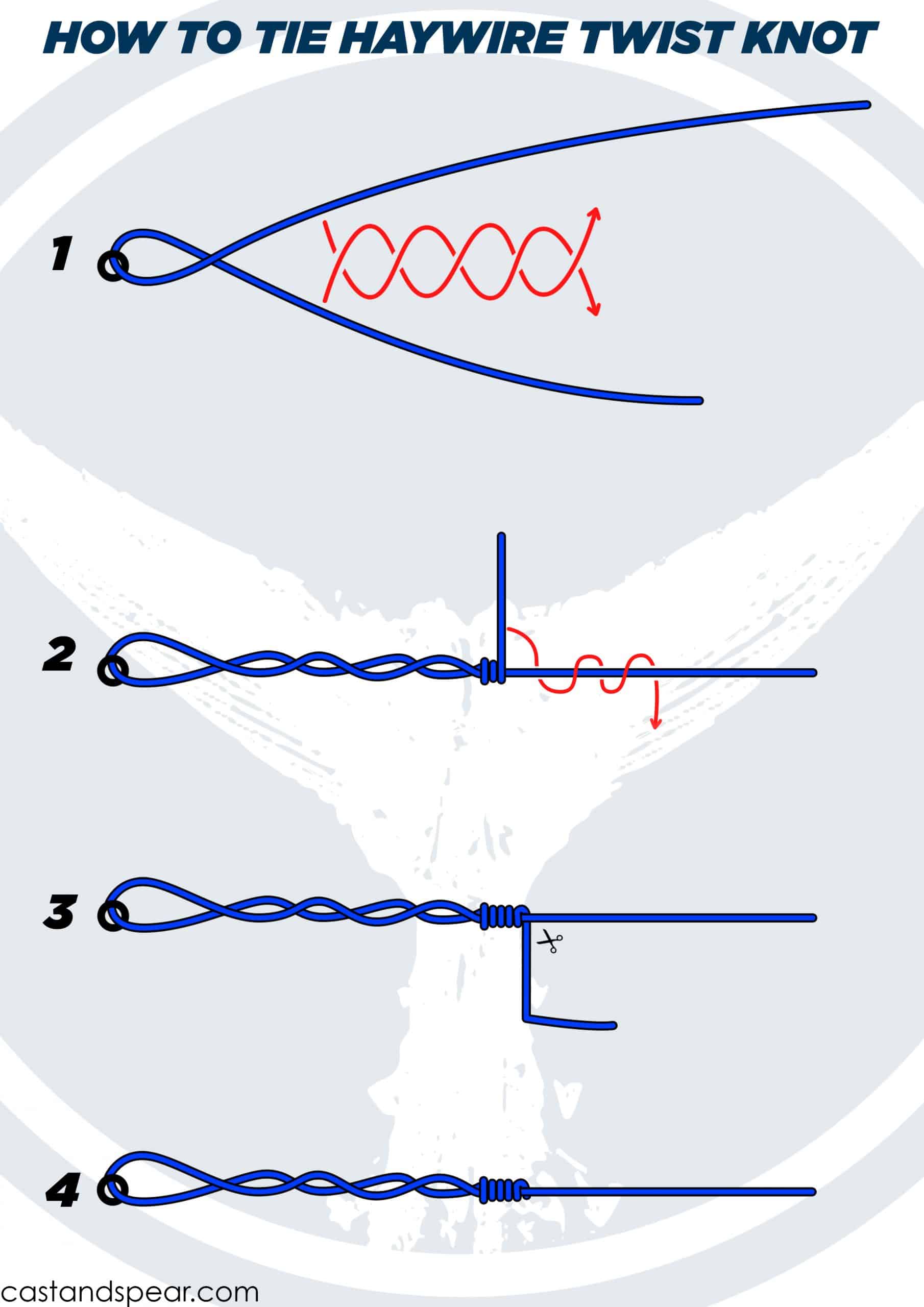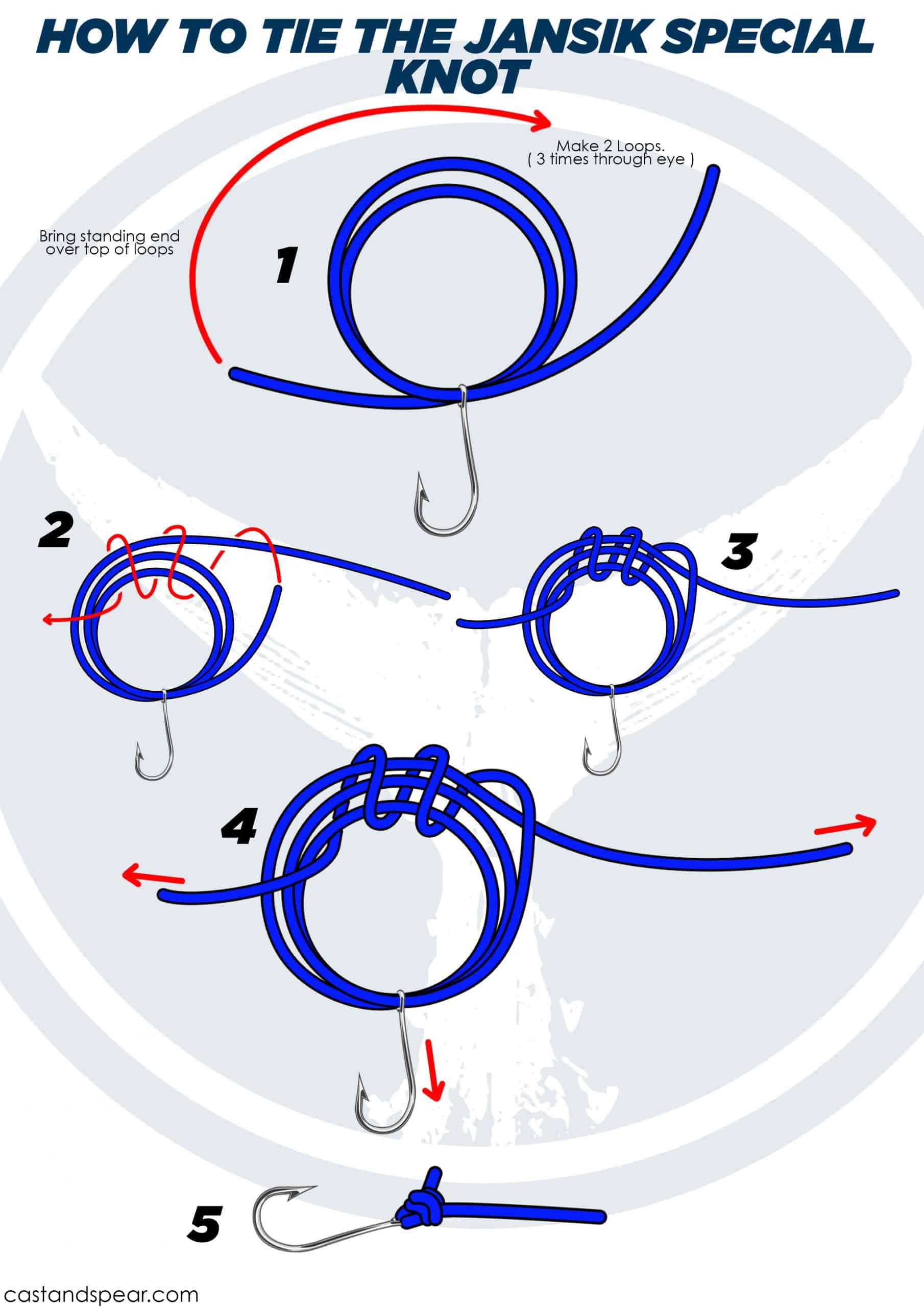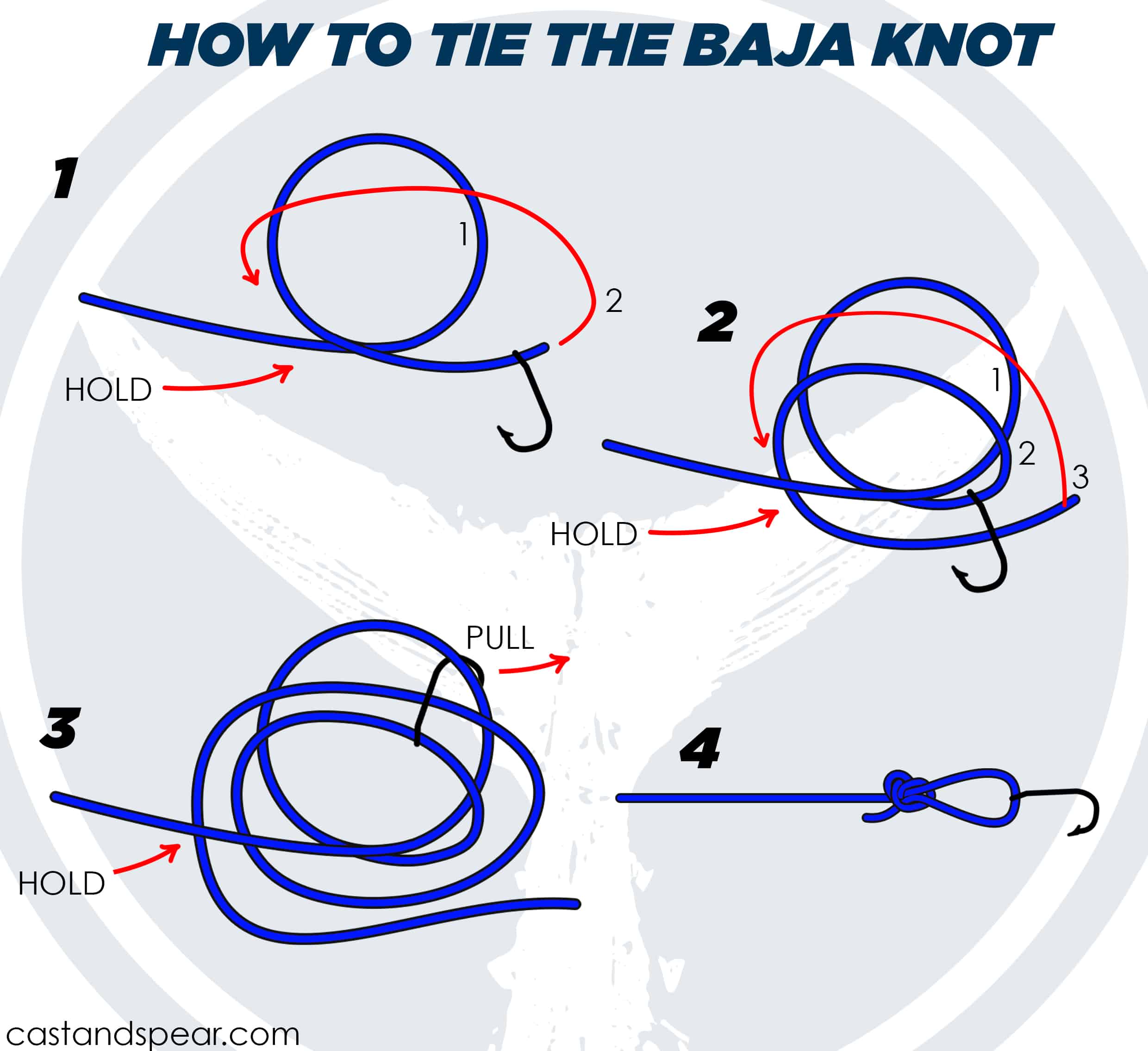Are you wondering how to securely attach your fishing line to your reel? Understanding how to tie an Arbor Knot is an essential skill for any angler, as it provides a reliable and straightforward method to attach your line to the reel. In this comprehensive guide, you’ll learn everything you need to know about the Arbor Knot.
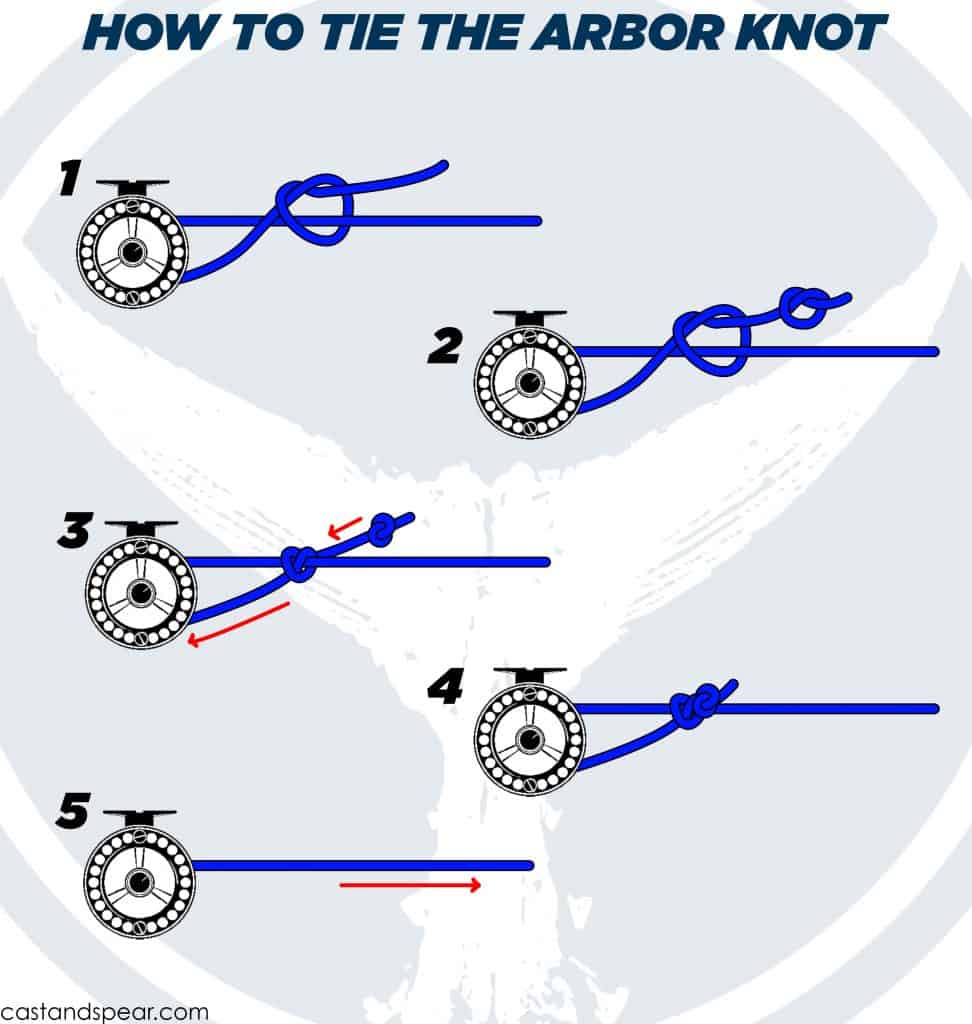
The Arbor Knot, despite its simplicity, is a powerful tool in the angler’s arsenal. It’s a knot that’s easy to tie, even in challenging conditions when your hands might be cold or wet. When tied correctly, the Arbor Knot ensures your line stays firmly attached to the reel, providing the foundation for a successful fishing experience.
There’s a saying among anglers that your fishing line is only as strong as your weakest knot. This is where the Arbor Knot comes into play. It’s a knot that’s designed to hold firm under pressure, ensuring that your line stays connected to the reel even when you’re battling a big fish.
While the Arbor Knot is widely accepted and used in the fishing community, some anglers prefer other knots for attaching their line to the reel. This is often a matter of personal preference and depends on factors such as the type of fishing line and reel being used. However, the simplicity and effectiveness of the Arbor Knot make it a popular choice among many anglers.
How to Tie the Arbor Knot
- Wrap the line around the spool using the tag end in a clockwise direction.
- Make a loop around the standing line with the tag end. Tie an overhand knot and pull until it’s snug.
- Make a second overhand knot in the tag end right above the first one. (Optional, you tie the overhand knot in the tag first if you’d like).
- Slide both knots to tighten against the spool. Use saliva or liquid to reduce friction.
- Clip the tag end.

Why Use an Arbor Knot?
- Simplicity and Effectiveness: Imagine being out on the water, the fish are biting, and you need to secure your line to the reel swiftly. The Arbor Knot is your go-to solution. A few twists and turns, and voila! You have a knot that’s snug against the arbor, ready for action.
- Versatility: The Arbor Knot isn’t picky about the type of reel it works with. Whether you’re using a spinning reel, a baitcaster, a conventional reel, or a fly reel, the Arbor Knot fits the bill. It’s the multi-tool of fishing knots, adapting to your fishing scenario.
Tips and Warnings
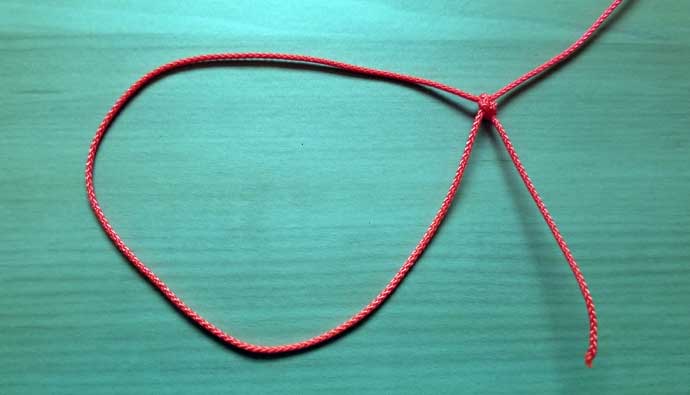
When it comes to tying an Arbor Knot, here are some additional tips and warnings to keep in mind:
- Backfill the Knot: When putting the braid on a reel, backfill the knot with mono or use tape to prevent slipping. This is especially useful if you have a highly polished and slippery reel.
- Increase Friction: Wind the line multiple times around the arbor before making the first knot. The wraps should be tight around the spool as you turn. This increases friction and helps the knot hold better.
- Moisten the Line: Always moisten the line before pulling. This reduces friction when you are tying the line to the reel and when you are tying the Arbor Knot. It also helps to prevent damage to the line.
- Practice: The old adage, practice makes perfect, holds true. The more you tie this knot, the better you’ll get at it. A well-tied Arbor Knot is your first line of defense against a big catch.
- Caution: Not all Arbor Knots are created equal. A poorly tied knot can slip or come undone, leading to a loose line and a lost fish. So, take your time, follow the steps meticulously, and ensure your knot is secure before you start casting.
Pros and Cons
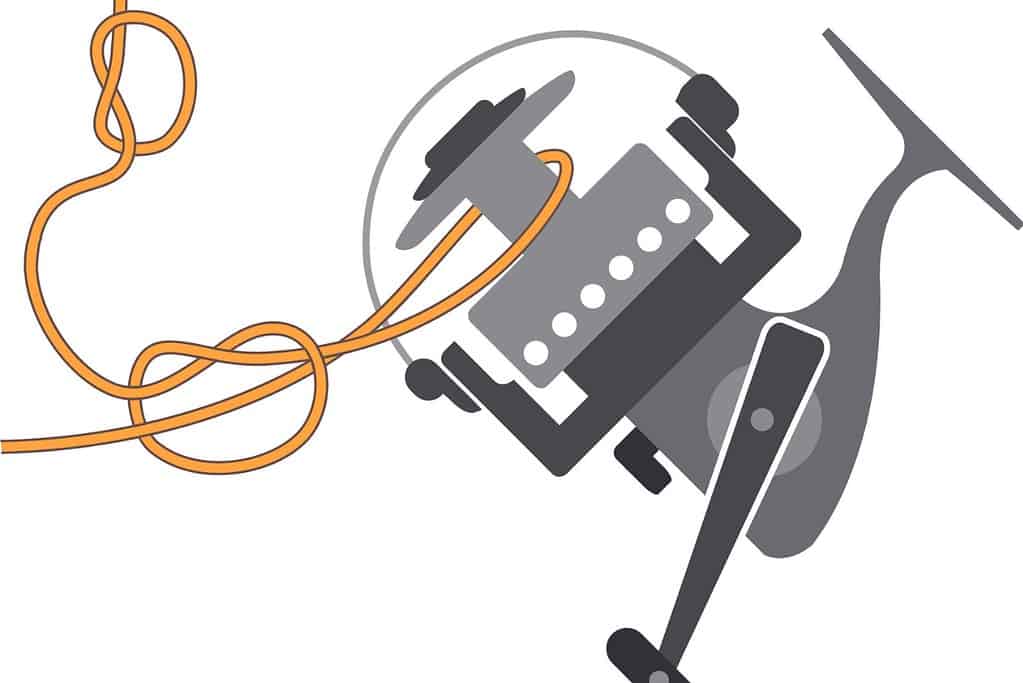
Advantages
- No-Slip Security: One of the main advantages of the Arbor Knot is that it won’t slip off when you’re winding the fishing line around the spool. This ensures a secure connection between your line and reel, providing the foundation for a successful fishing experience.
- Ideal for Monofilament and Fluorocarbon Lines: The Arbor Knot is a top choice for tying monofilament and fluorocarbon lines to the reel. These types of lines are commonly used in various fishing scenarios, making the Arbor Knot a versatile tool in your angling arsenal.
- Perfect for Tying Line to Reel: The Arbor Knot is specifically designed to secure your fishing line to the reel. Its simplicity and effectiveness make it a go-to knot for many anglers.
Disadvantages
- Limited Use with Certain Lines: While the Arbor Knot is versatile, it can only be used with different lines if the spool is braid-ready and non-slippery. This means that if you’re using a braided line with a highly polished and slippery reel, the Arbor Knot might not be the best choice.
- Potential for a Large Bump: Tying an Arbor Knot can leave a large bump on the spool. This isn’t usually a problem, but it could interfere with the smooth operation of your reel in some cases.
- Slippage with Braid: When tying a braided line to the spool, the Arbor Knot can sometimes slip. To prevent this, you can backfill the knot with mono or use tape.
Uses
The primary use of the Arbor Knot is to attach a line to the spool. Whether you’re setting up a new reel or changing your line in the middle of a fishing trip, the Arbor Knot is a reliable and efficient way to secure your line to the reel. It’s a fundamental skill that every angler should master.
Alternatives
Uni Knot
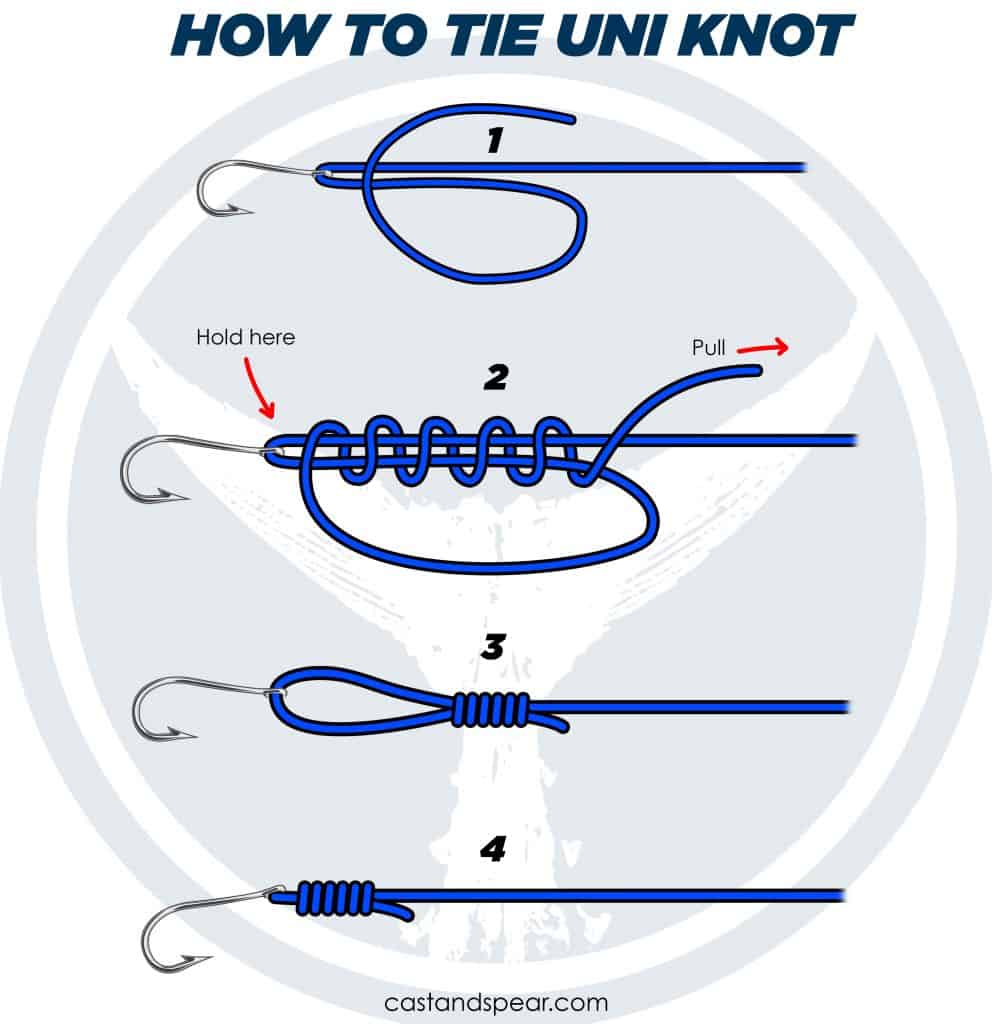
Also known as the Duncan Loop Knot or the Grinner Knot, this knot is great for terminal tackle and is a popular choice among many anglers. It’s a bit more complicated than the Arbor Knot, but it’s incredibly strong and versatile.
100% Arbor Knot
This is a beefed-up version of the classic Arbor Knot, designed to withstand the weight of larger fish. It’s a bit more complex to tie, but it could be worth it if you’re going after the big ones.
Frequently Asked Questions
If you’re looking to put a line on a spinning reel, then first make a loop and put it around your spool. Then do an overhand knot over the two lines. Then do an overhand knot on the tag end. Pull tight after moistening. This knot works on fly reels as well.
The Arbor Knot is primarily used for securing your fishing line to the spool of your reel. It’s a fundamental skill in angling, providing a reliable and straightforward method to attach your line to the reel.
Yes, the Arbor Knot is known for its strength although it is not the strongest. When tied correctly, it holds firm under pressure, ensuring that your line stays connected to the reel even when you’re battling a big fish. However, like any knot, its strength depends on proper tying.
The Verdict
So there you have it, folks! The Arbor Knot, in all its simplicity and effectiveness, is a true angler’s ally. It’s a knot that’s easy to tie, versatile, and holds firm when you’re reeling in that big catch.
Sure, it has its quirks, like the potential for a large bump on the spool or the need for a braid-ready reel. But with a little practice and the right materials, these are hurdles that any angler can overcome.
If you’ve enjoyed this guide and are eager to expand your fishing knowledge, why not check out our other articles? Perhaps you’re curious about other fishing knots, or maybe you’re looking for tips on choosing the right bait. Whatever your fishing needs, we’ve got you covered at Cast & Spear.
Happy fishing!




 Facebook
Facebook YouTube
YouTube